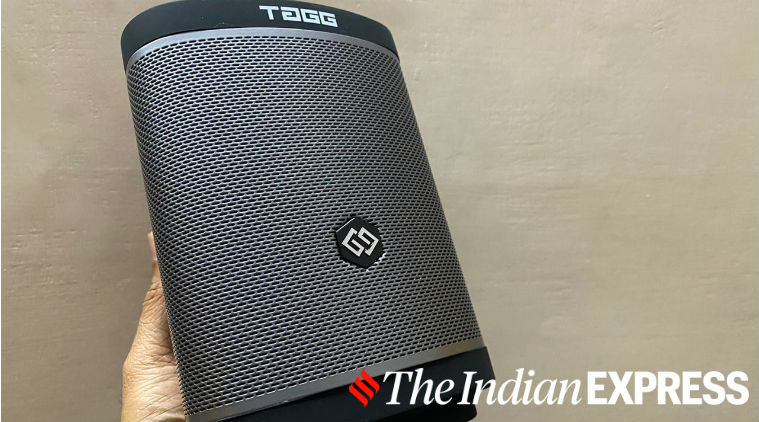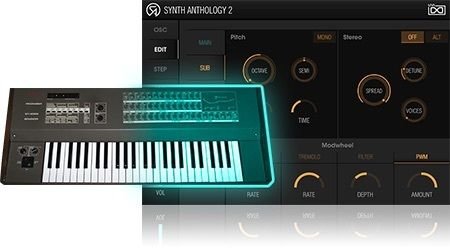

“The Ludwig Phase II Synthesizer, as featured on Thurston’s page of Stompbox book. He even demonstrated a pair of Ludwig Phase II Synthesizer units, which he and Thurston used on their Washing Machine tour in the mid-90s. Lee makes sure that everyone knows which shelf in the gear vault is his.Īt this point in the tour, Ranaldo led the group further into the “pedal labyrinth,” showing off the jewels of his collection, featuring everything from a vintage Fender Phaser to gear from the Italian brand Sitori Sonic. To keep things organized, each band member had their own shelf. Shiran was amazed at just how “dense it was with equipment,” recalling a room the size of a walk-in closet that was literally filled with guitar pedals from brands and production runs too varied to count. The new Echo Canyon was stuffed to the rafters with gear. The “mixing palace,” which combines a 2” 16-track Studer A800 tape machine and a modified Neve 5106 mixing console. Sonic Youth has recorded and released a number of albums under their SYR label since founding it in 1999, and they’ve also loaned out the studio space for other bands to track album projects. Because the 5106 was built for broadcast applications, it had no mic preamps, meaning that audio signals were routed to preamps, outboard gear and tape, bypassing the console entirely. Lee gave us a closer look at the band’s mixing palace, a 2” 16-track Studer A800 tape machine and a modified Neve 5106 mixing console. If you want to get in, you have to answer a riddle. Phil Collins guards the door to the pedal vault.

I couldn’t live without that pedal.” A Stooges setlist from their first reunion show in Detroit, for which Sonic Youth opened. I’ve tried a million other delay pedals since discovering that one, including the Ibanez AD-9 and the Maxon-branded delays, and none of them sound as good as the original Ibanez AD-80.

I got the Ibanez a few years later when that one busted, and it was love at first listen. “Around 1989, I was using a very weird Fender digital delay called a DGL-1, which was probably my first delay pedal. Because of its overstuffed inventory, the Sonic Youth Recordings headquarters felt more like a museum than a studio–in the best way, of course. Downsizing their equipment, disused or not, was out of the question. The new SY headquarters was relocated to southwest Hoboken in 2006, accommodating storage space for the hundreds of instruments, amps, pedals, cables, consoles, speakers, gadgets, records, posters and memorabilia the band had accumulated over the years. Ranaldo gives us a rare glimpse into the gear vault. It’s not often you get a chance to see the personal gear collection of one of the most iconic alt rock bands in music history. It was a truly remarkable tour, and not just because their tour guide was none other than Lee Ranaldo. The tour of Sonic Youth’s Echo Canyon West Recording studio took place in 2016 with project developer Shiran Mostovoy and Stompbox book creator Eilon Paz. His joy was infectious, and it made for a fantastic start to a stompbox-photographing journey that would last more than five years. Using a broad range of examples ranging from experimental electronic music to more mainstream genres, the book examines how contemporary creative practice is shaped by the visual and sonic look and feel of recording technologies such as Digital Audio Workstations.Sonic Youth co-founder Lee Ranaldo was the first artist who joined the Stompbox book project, allowing the team to photograph not only his Ibanez AD-80 Analog Delay, but almost his entire pedal collection (which included gear from Italy and Germany).
#Sonic tech music shelf professional#
For many, music production has moved out of the professional recording studio and into the home. Sonic Technologies examines these issues with a specific focus upon the impact of digitization upon creativity that is, what musicians, cultural producers and prosumers do. From the production of multimillion selling pop records to the ubiquitous remix that has become a marker of Web 2.0, the emergence of new music production technologies have had a transformative effect upon 21st Century digital culture. Sonic Technolog In the past two decades digital technologies have fundamentally changed the way we think about, make and use popular music. In the past two decades digital technologies have fundamentally changed the way we think about, make and use popular music.


 0 kommentar(er)
0 kommentar(er)
